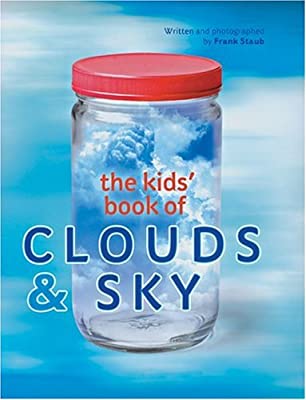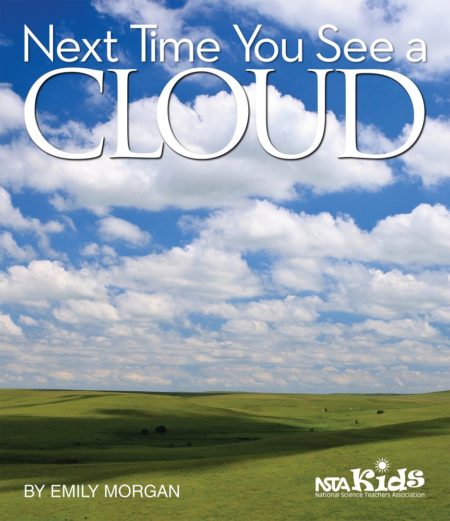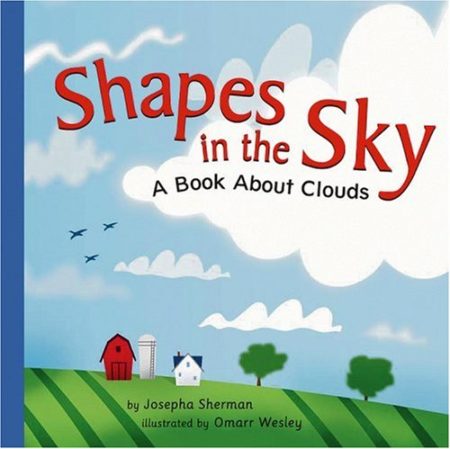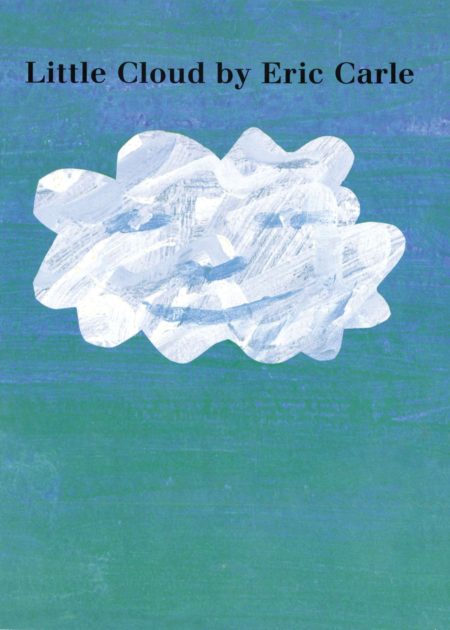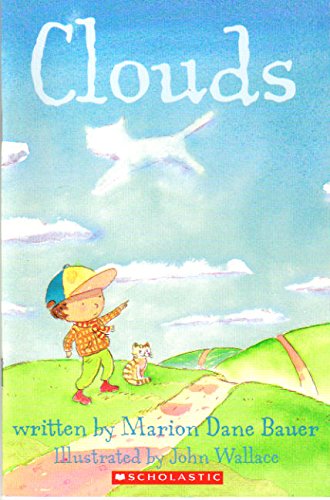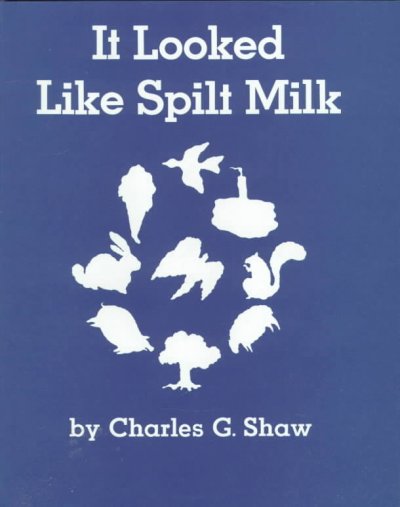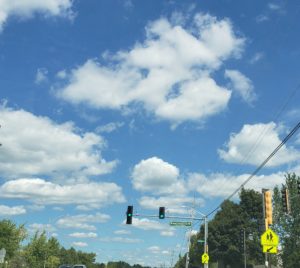
Fluffy clouds over Bolingbrook on a Sunday morning
One Sunday morning, as I sat waiting for the traffic light to change, I couldn’t help but notice how the clouds filled the sky. Shapes were emerging, then disappearing into the fluffy, white masses in the sky, floating off as far as I could see. With the sun shining and the bright-blue late August sky, it truly looked like a painting. I spent the afternoon stealing glances out the windows every chance I could, wishing I was lying in the grass watching this “painting” float by. The picture I took doesn’t do it justice.
Technically, clouds are made of water droplets or ice crystals that float in the sky and bring us all sorts of different weather patterns. You can read all about the different types of clouds at SciJinks: It’s All About the Weather. But they are much more than science. Watching them really is like seeing an ever-changing painting of colors and shapes.
Cloud watching has a bad reputation. Have you ever heard someone say “they have their head in the clouds”? It’s an idiom. (An idiom is an expression that means something very different than the literal meaning of the phrase. Someone doesn’t literally have their head in the clouds. It means that their mind is somewhere else, daydreaming or distracted.) Now, you wouldn’t want to spend all of your time with your head in the clouds, but daydreaming isn’t always a bad thing; it can build your imagination! I think we could all use a little more imagination and a little time in the clouds.
Did you know there’s a Cloud Appreciation Society? Neither did I! There really is! I was so excited to see there are people just like me who love gazing up at the clouds. To me, there are few things as fun and relaxing as a beautiful blue sky filled with big, fluffy white clouds and a free afternoon to watch them drift by. As a writer, it can inspire me with an ever-changing scene of stories and prompts. What does that cloud look like? Is that a dragon chasing an elephant? It is so easy to get lost in the clouds.
Clouds in Art
Clouds have inspired many artists, musicians and writers.
In 1822, John Constable painted a series of clouds so realistic that today’s meteorologists can pinpoint the season and even the time of day the paintings represent.
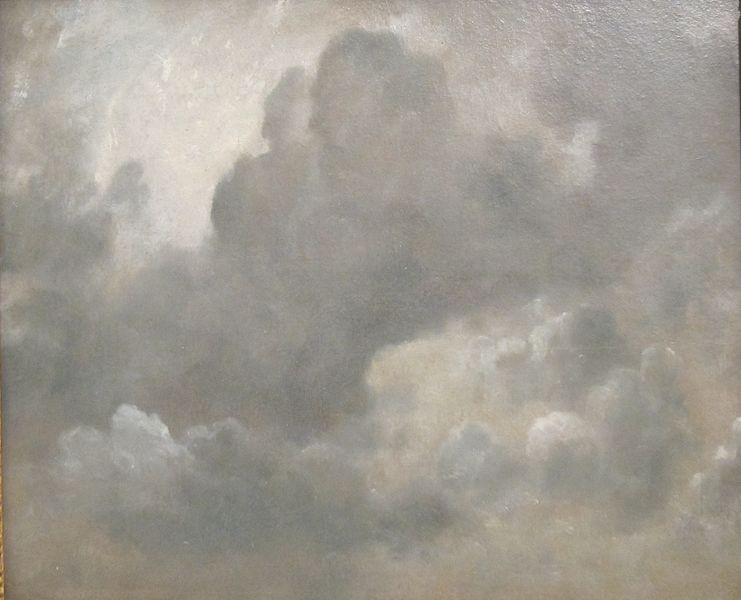
Study of Clouds John Constable
Vincent Van Gogh’s swirly clouds in his painting Starry Night are like something from a dream.
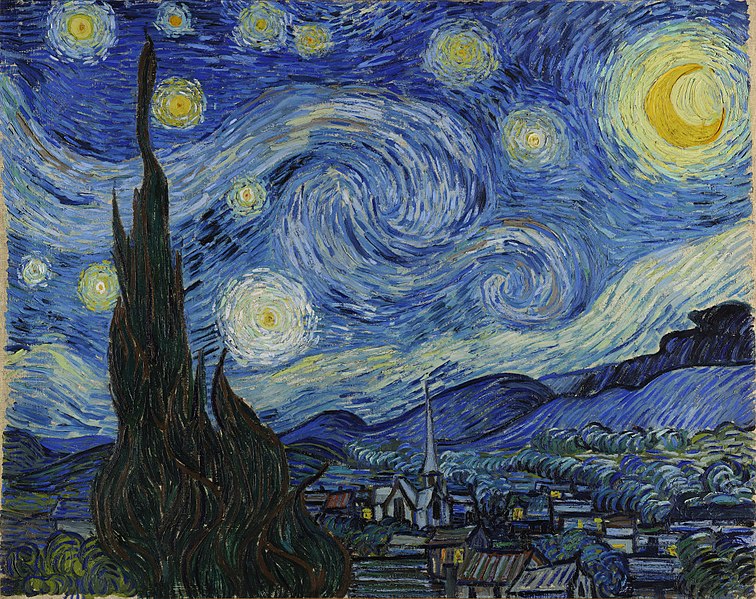
Starry Night Vincent Van Gogh
In Georgia O’Keeffe’s Sky Above Clouds (which you can see at the Art Institute of Chicago) the clouds go on and on as far as the eye can see.

Sky Above Clouds Georgia O’Keeffe
So use your imagination, let the clouds inspire you and keep your head in the clouds at least for a little while.
Cloud Arts & Crafts
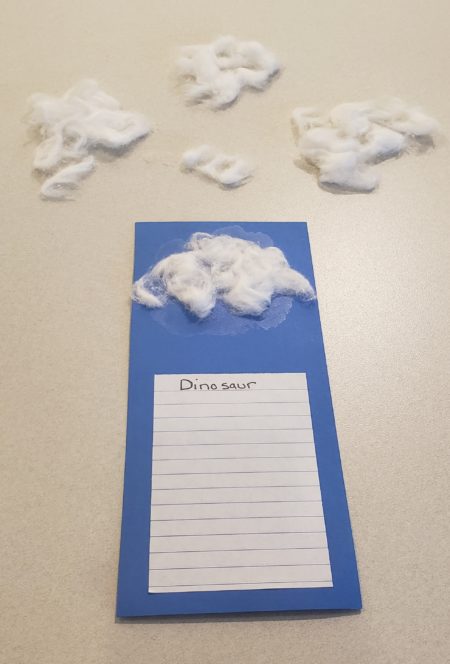
If you can’t get outside or if you are feeling extra artistic you can make your own clouds. All you need is some cotton balls, construction paper and glue. Shape your cloud and glue it to the top of the construction paper. Write a short story about your cloud or… is that a dinosaur or dragon or bird…? What do you see in the clouds?
Explore more about clouds and cloud watching with these books.
The Kids’ Book of Clouds & Sky by Frank Staub
A beautiful book with lots of information on clouds and weather, along with some experiments you can try.
A little cloud becomes all sorts of things sheep, an airplane, trees, a hat before joining other clouds and raining.
It Looked Like Spilt Milk by Charles G Shaw
Fun Classic book telling about all the shapes in the clouds

